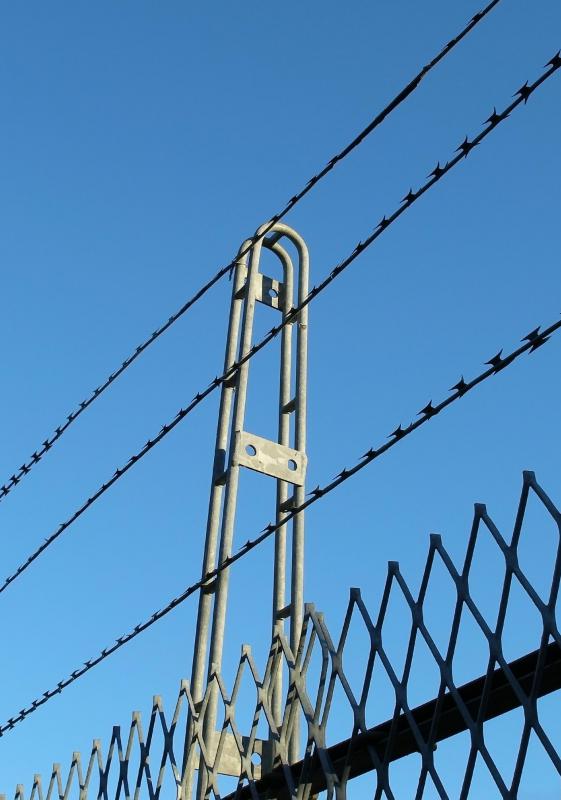At EasyTechJunkie, we're committed to delivering accurate, trustworthy information. Our expert-authored content is rigorously fact-checked and sourced from credible authorities. Discover how we uphold the highest standards in providing you with reliable knowledge.
What is Piezoelectric Film?
Piezoelectric film consists of numerous minute interlocking crystal domains that have both positive and negative charges. When compression or mechanical stress is applied, the film is able to produce voltage in proportion to the amount of compression. This makes the film an excellent strain gauge. The piezoelectric effect has been known about since the late 19th century, but modern technology has used advanced engineering to effectively utilize this film in security, sound production, and medical devices.
While conducting research during the 1880s, Pierre and Jacque Curie discovered that certain crystalline and ceramic structures produced an electrical current when pressed. Also, if an electrical current ran into the material, it would vibrate. This type of electricity came to be known as piezoelectricity. Piezo comes from the Greek word pizein, which means to squeeze or press tightly.

When pressure is placed on piezoelectric film, it produces electricity. A comparison could be made to a sponge that has absorbed water. When pressure is put on the sponge by squeezing, water is emitted. Likewise, a small piece of piezoelectric film can produce thousands of volts of electricity when compressed.
A major use of piezoelectric film is as a transducer — a device that converts one form of energy to another. This property has been utilized extensively in security devices. For example, this film has been used as a wake-up switch for car alarms. Many machines with sensitive data use this film as part of their technological security system. Examples include automated teller machines, retail point-of-sell machines, pin number pads, and computer systems involved in global or online banking.
When piezoelectric film is placed in a coaxial cable, it has been used to provide security for government buildings, power plants, airports, and prisons. Sometimes, the cable is placed in a chain-link fence where it acts as a perimeter microphone. At other times, the cable is buried around the facility. It can provide a secure way of detecting human or automotive traffic.
As more people use laptops or other portable electronic devices, piezoelectric film provides a low-cost way to safeguards files. For example, if a laptop is accidentally dropped, the read/write head may get off track and needed files may be written over or lost. To prevent this, however, the film in the laptop senses the shock and sends a message to a controller to stop writing data.
The medical profession has also found uses for piezoelectric film, specifically polyvinylidene fluoride (PVDF) film. For example, the contact microphone on an electronic stethoscope is made from this film. A new technology uses the film in a pad that is placed under the patient while he or she is in bed. The pad can measure both heart rate and respiration, and send an electronic message. This frees the patient from being hooked up to machines with wires.
AS FEATURED ON:
AS FEATURED ON:











Discuss this Article
Post your comments